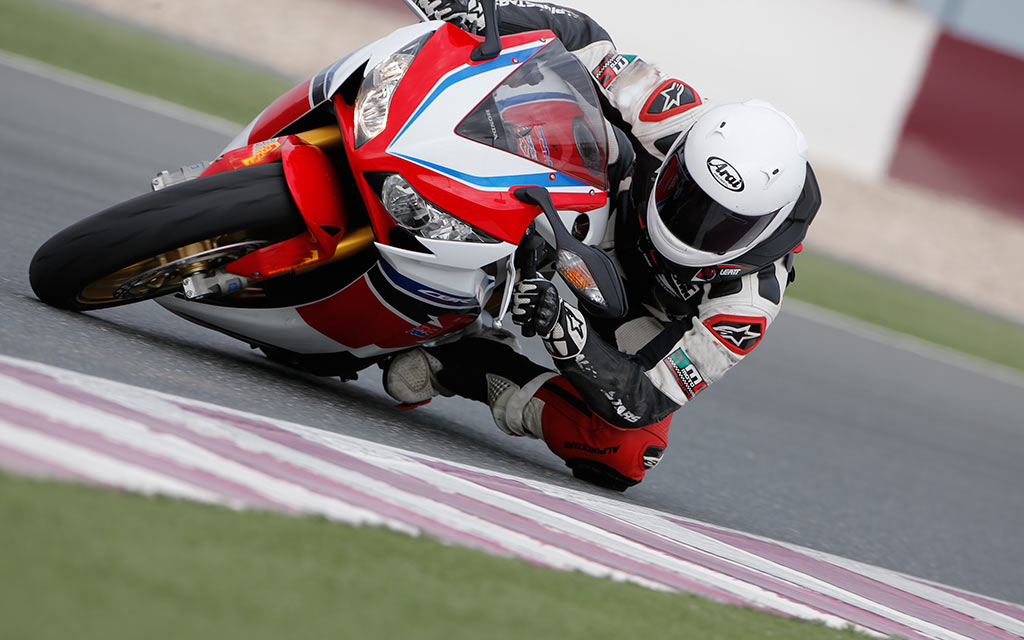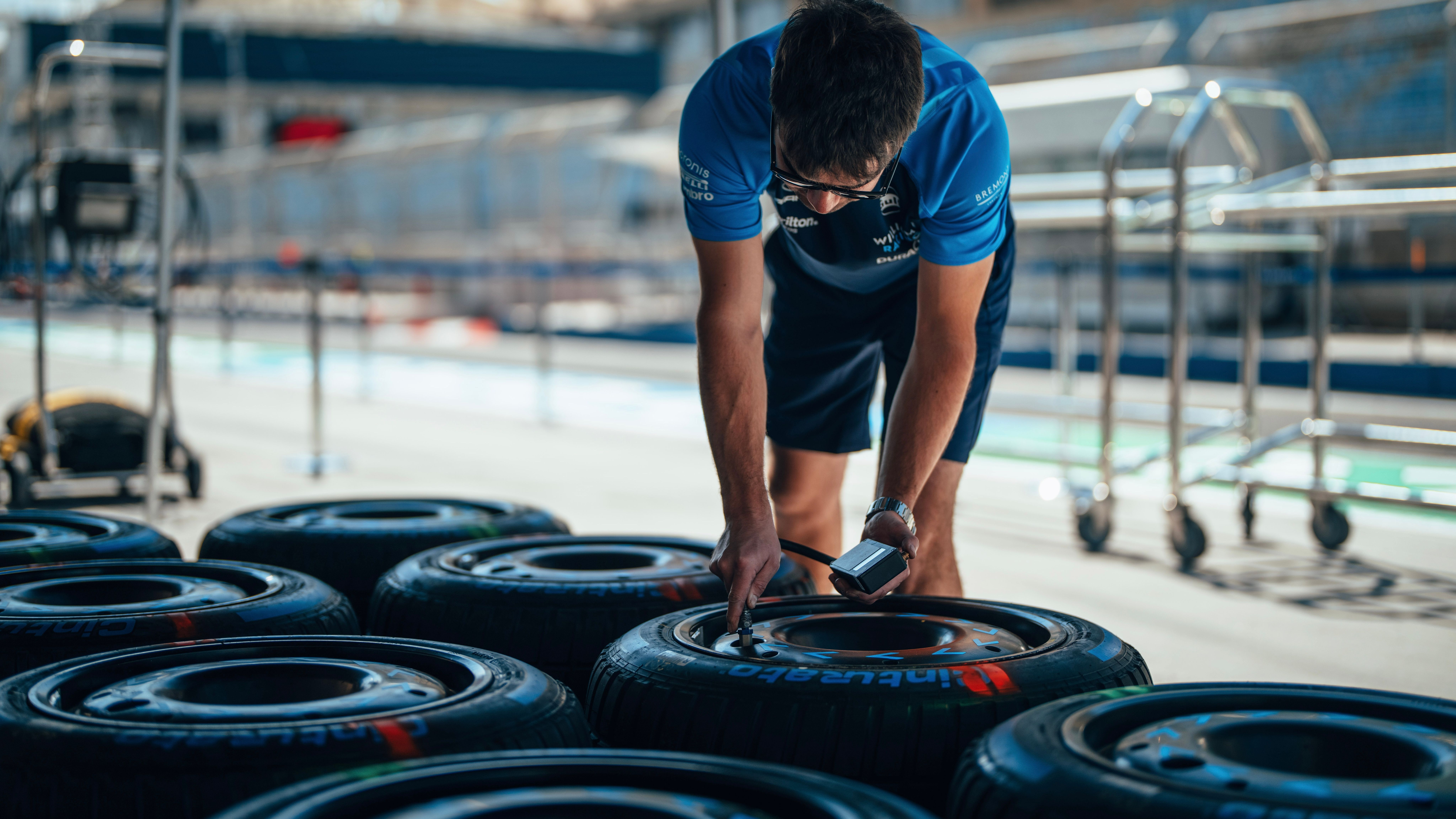All Categories
Featured
Table of Contents
The Michelin supplied a comfortable driving experience, characterised by receptive steering and a progressive understeer equilibrium. Regardless of the cooler screening problems, Michelin's regular time and grip over three laps suggests its suitability for real-world applications.
The tire's very first lap was a 2nd slower than the second, directing to a temperature-related grasp rise. For day-to-day usage, the Michelin may be a safer wager.
Trusted Wheel Balancing Near Me
It shared Michelin's secure understeer equilibrium however lacked the latter's readiness to transform. Continental and Goodyear's efficiencies were notable, with Continental's new PremiumContact 7 showing a considerable improvement in wet problems contrasted to its precursor, the PC6. This design was much much less delicate to load adjustments and acted just like the Michelin, albeit with slightly less communication at the limitation.
It incorporated the safe understeer equilibrium of the Michelin and Continental with some flashy handling, showing both predictable and fast. As an all-rounder for this Golf GTI, Goodyear's Uneven range was the standout, showing remarkable efficiency in the wet. The Bridgestone Potenza Sporting activity took the crown as the fastest tyre, albeit by a small margin.
This tyre got grippier as it warmed up, comparable to the Yokohama. Motorists seeking an amazing wet drive may find this tire worth taking into consideration. The standout entertainer in damp braking was the most recent tyre on examination, the PremiumContact 7, though the outcomes are nuanced. We performed damp stopping tests in three various means, two times at the new state and when at the used state.
Car Tyre Fitting – Bayswater
Ideally, we desired the chilly temperature level examination to be at around 5-7C, however logistical delays suggested we evaluated with an average air temperature of 8C and water at 12C. While this was cooler than conventional examination conditions, it was still warmer than real-world conditions. The cozy temperature level test was done at a standard of 18C air and 19C water.
The 3rd run entailed wet stopping tests on worn tyres, especially those machined down to 2mm with a small confrontation. While we intended to do even more with these used tires, weather restraints restricted our screening. It's worth keeping in mind that wet braking is most crucial at the used state, as tyres generally enhance in dry problems as they wear.

Bridgestone, Goodyear, and Michelin saw the least efficiency reduction when put on. The Hankook tire registered the smallest efficiency decline as temperature levels cooled, but it was among the most influenced when worn.
Wheel Alignment Near Me
The take-home message here is that no single tire stood out in all elements of damp braking, suggesting a complicated interplay of aspects affecting tire efficiency under various problems. There was a standout tyre in aquaplaning, the Continental completed top in both straight and curved aquaplaning, with the Michelin and Goodyear likewise great in much deeper water.

Yokohama might take advantage of somewhat even more grip, a problem possibly influenced by the colder conditions. When it comes to dealing with, all tires carried out within a 2% array on the lap, demonstrating their premium performance (Tyre fitting). Taking into consideration these tires essentially target the very same client, it's intriguing to observe the considerable distinctions in feeling.
The surprise is because the PremiumContact 6 was among my favourites for flashy completely dry drives, but its successor, the PremiumContact 7, appears elder and looks like Michelin's performance. Among these, Hankook was the least specific in steering and interaction at the limit. High-performance tyres. Both Michelin and Continental used charming first guiding, albeit not the fastest
If I were to recommend a tyre for a rapid lap to an amateur, say my papa, it would certainly be one of these. Then we have the 'enjoyable' tyres, particularly Yokohama and Bridgestone. Both were swift to guide and felt sportier than the others, yet the compromise is a much more spirited rear end, making them more challenging to take care of.
Leading Discount Tyres Near Me – Bayswater WA
It gave comparable guiding to Bridgestone but offered better feedback at the limit and much better grasp. The Bridgestone Potenza Sport, however, seemed to weaken fairly quickly after simply 3 laps on this demanding circuit. There's Goodyear, which positioned itself somewhere in between the fun tires and those tending in the direction of understeer.
All in all, these tires are outstanding performers. In terms of tyre wear, the approach used in this test is what the industry refers to as the 'gold criterion' of wear.
Both the Bridgestone and Yokohama tires considerably underperformed in comparison to the other four tires in regards to rolling resistance, with Continental a little surpassing the rest. Relating to the comfort level of the tyres, as anticipated, most showed an inverse relationship with handling. The Continental, Michelin, and Goodyear tyres done best throughout different surface area kinds checked.

Bridgestone started to show indications of firmness, while Yokohama was especially jarring over splits. We did measure inner noise degrees; however, as is typically the instance, the results were carefully matched, and because of weather restrictions, we were unable to conduct a subjective analysis of the tyres noise. We looked at abrasion figures, which measure the amount of tire walk lost per kilometre, normalised to a one-tonne vehicle.
High-quality Tyres
This figure represents the amount of rubber dust your tires produce while driving. Michelin led in this classification, producing over 9% less rubber particulate issue.
Latest Posts
Trusted Tyre Checks Near Me – Koondoola WA
Tyre Performance Near Me (Yokine)
Reliable Cost-effective Car Tyres Near Me – Brabham